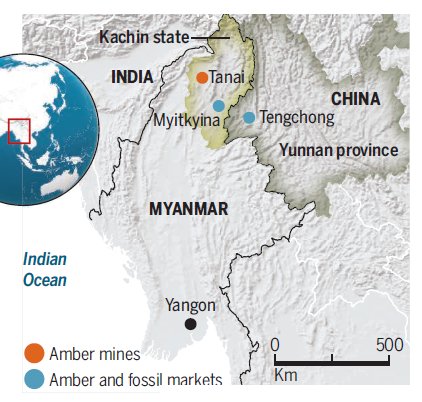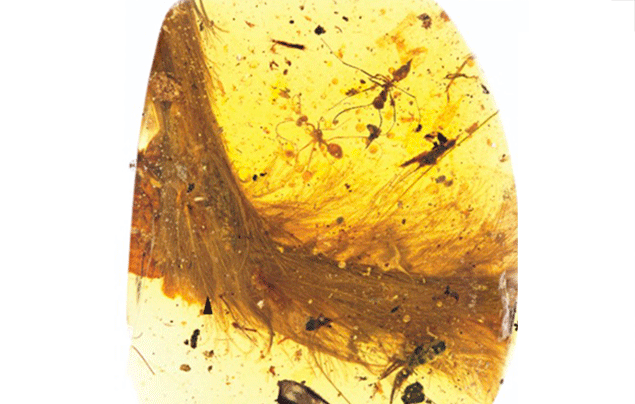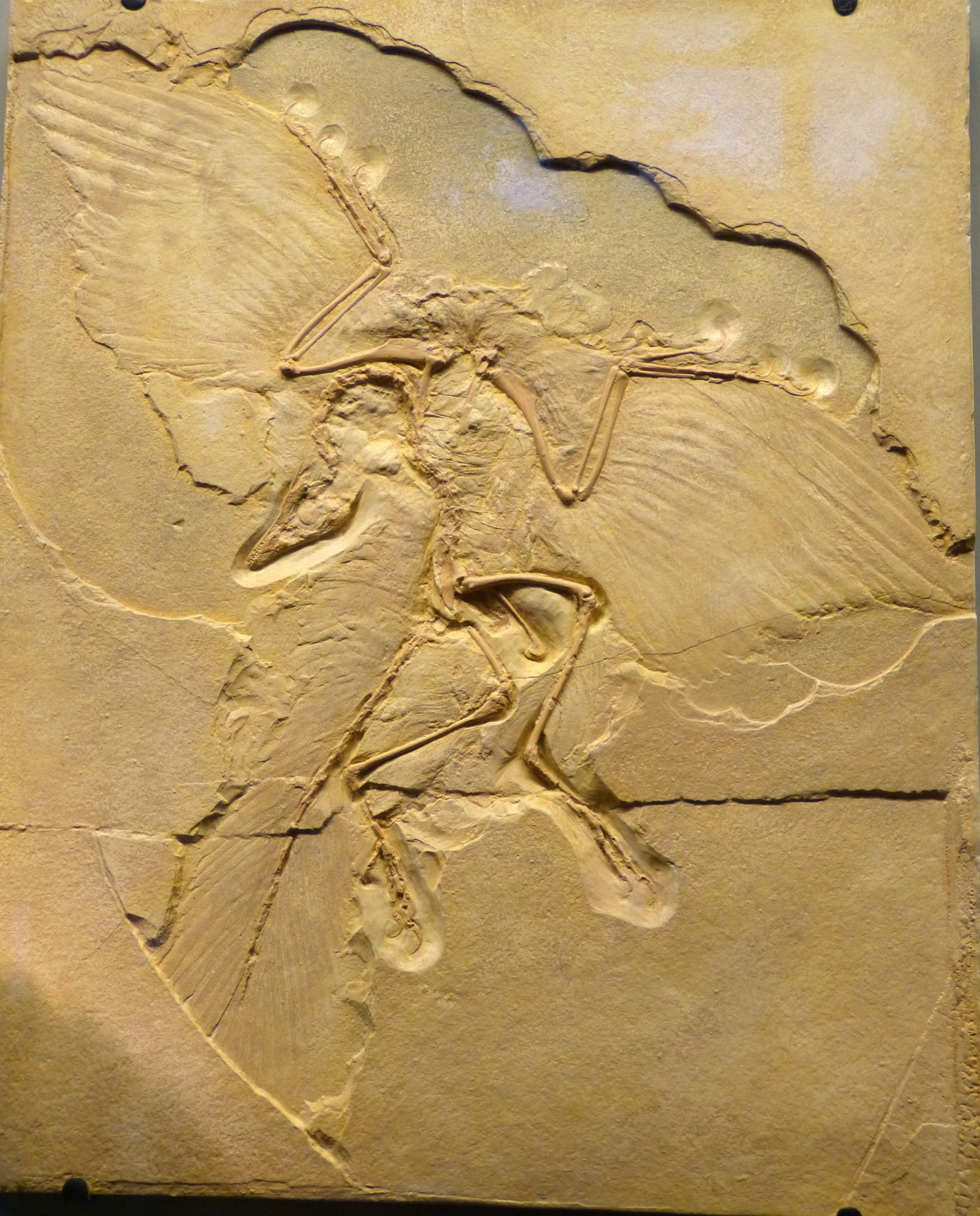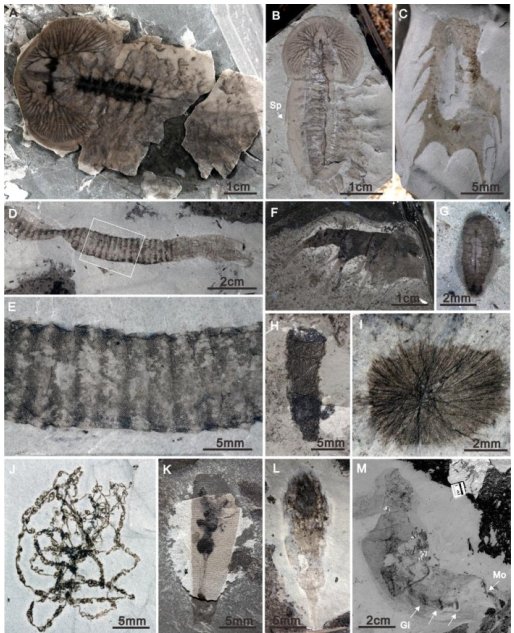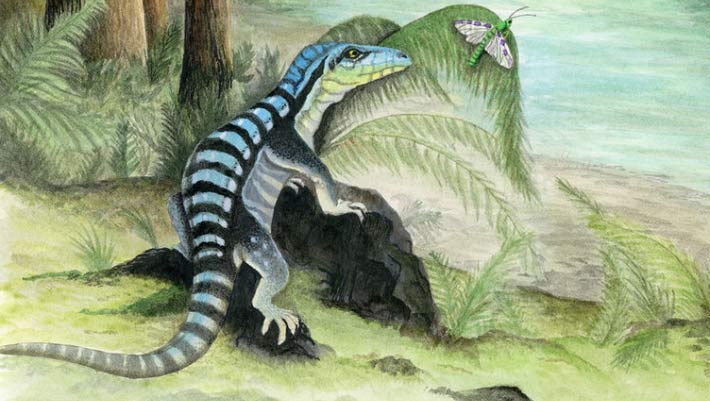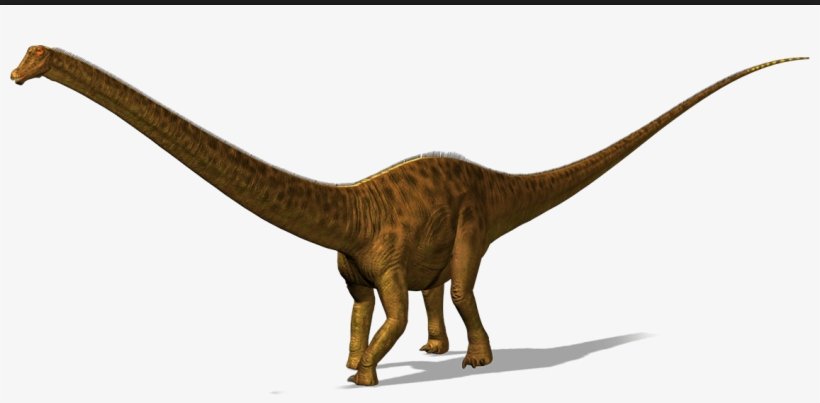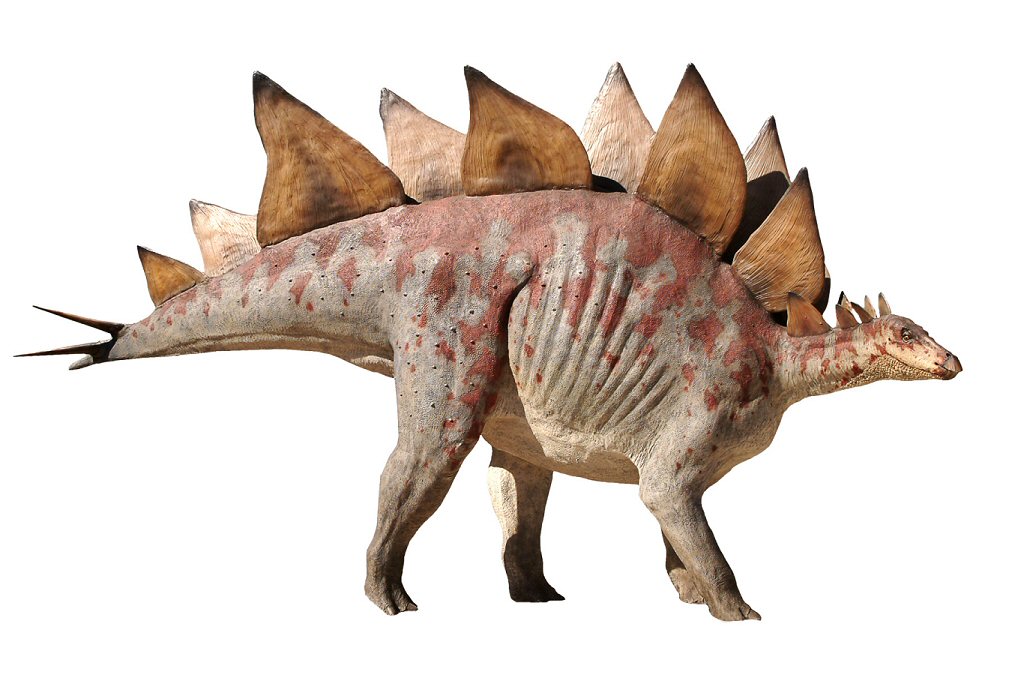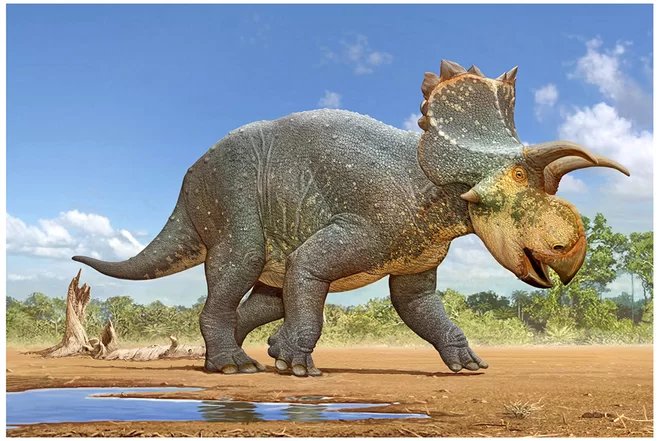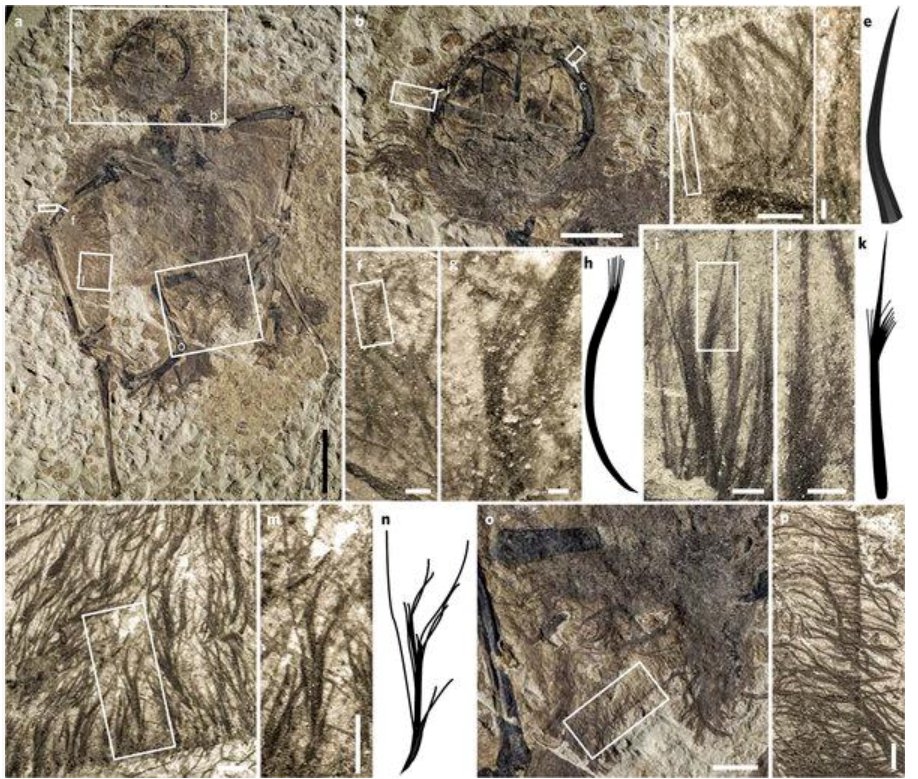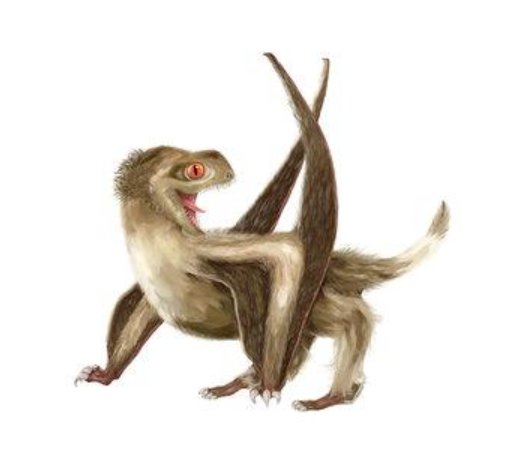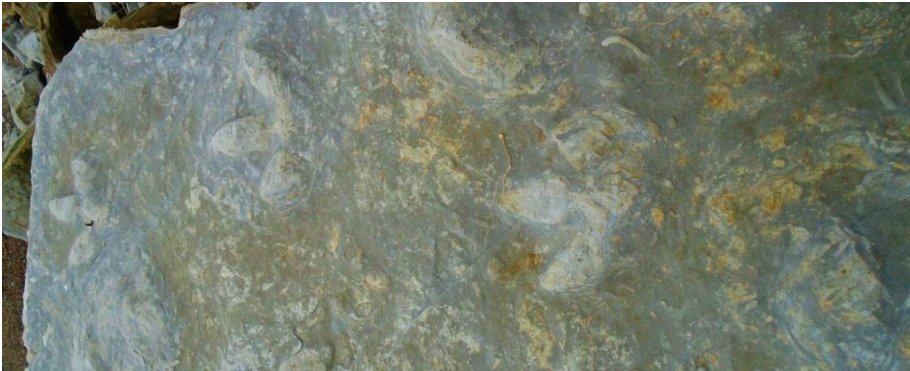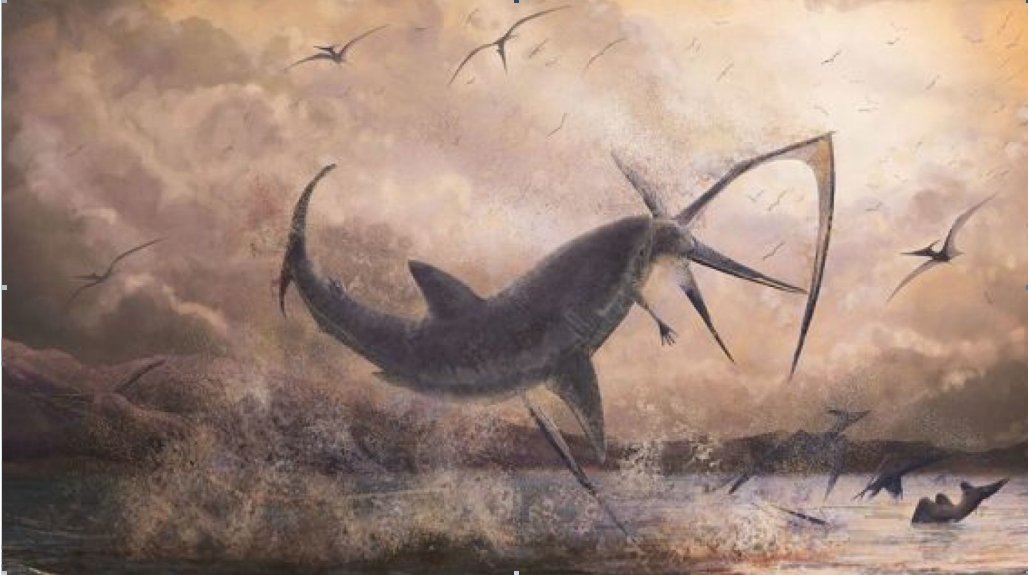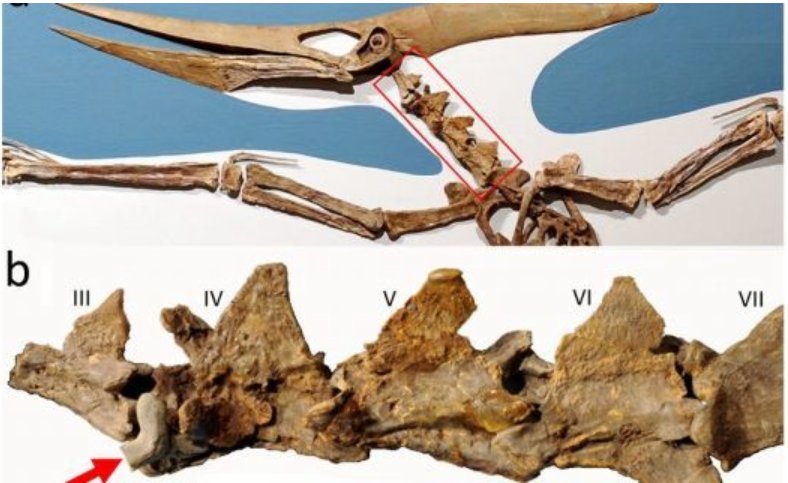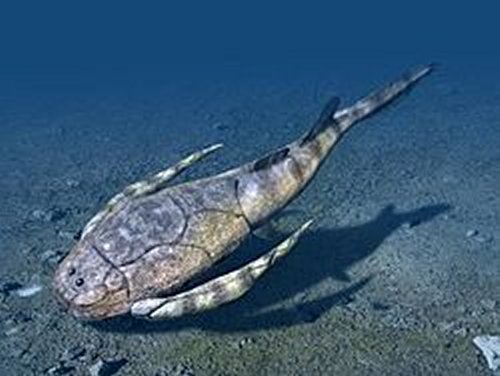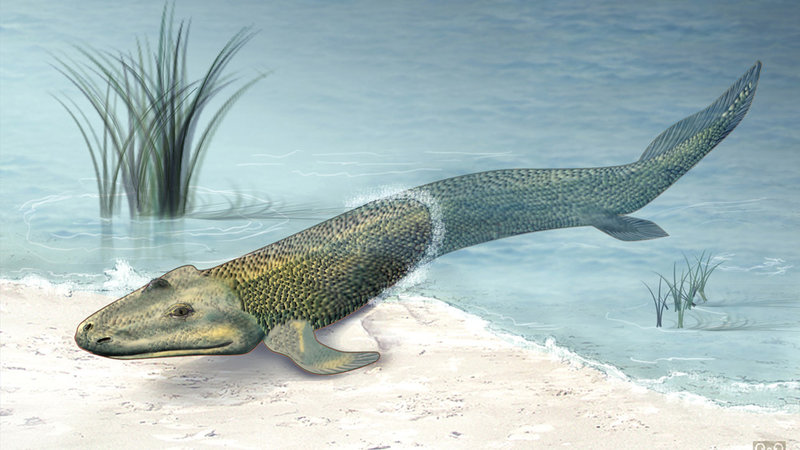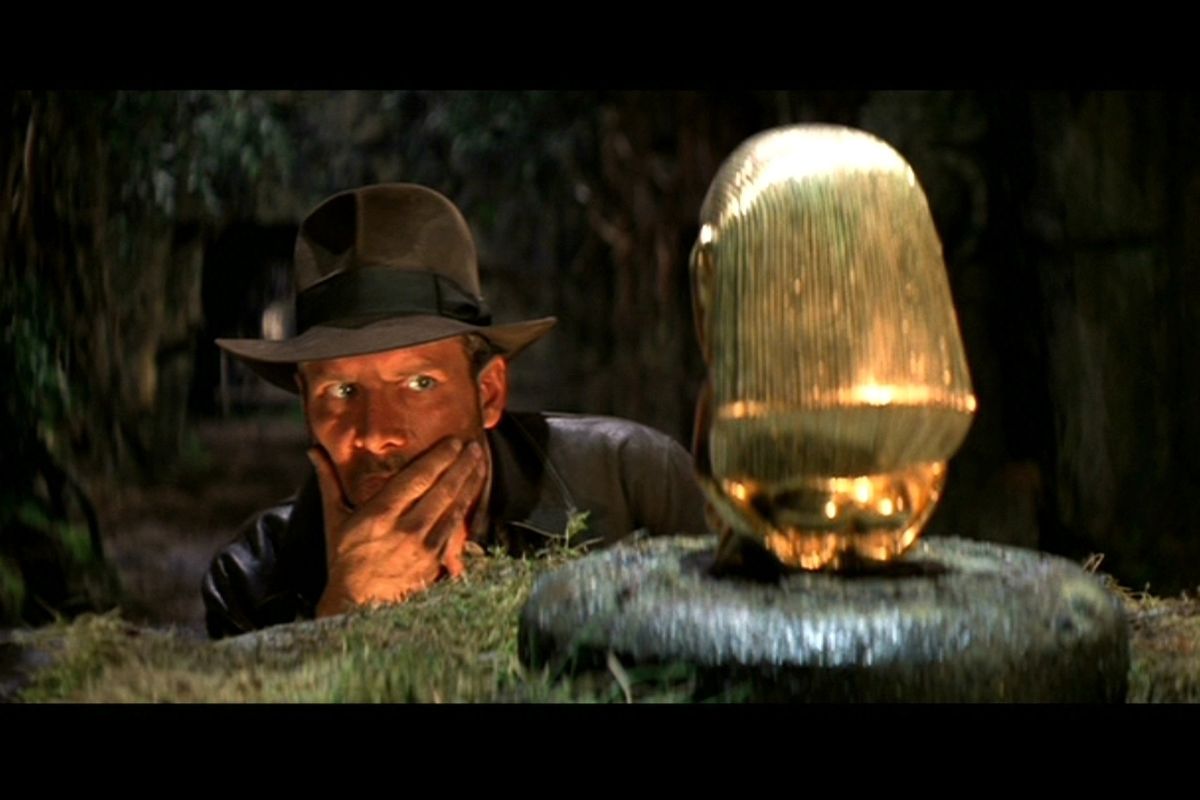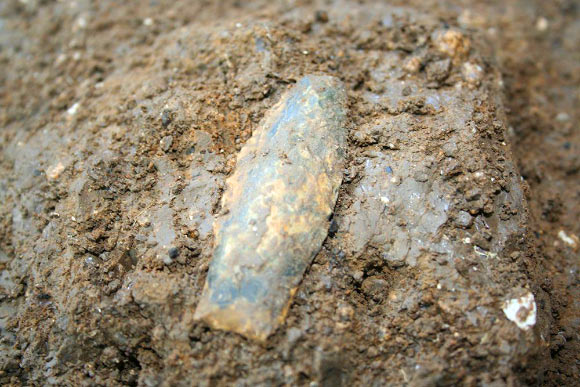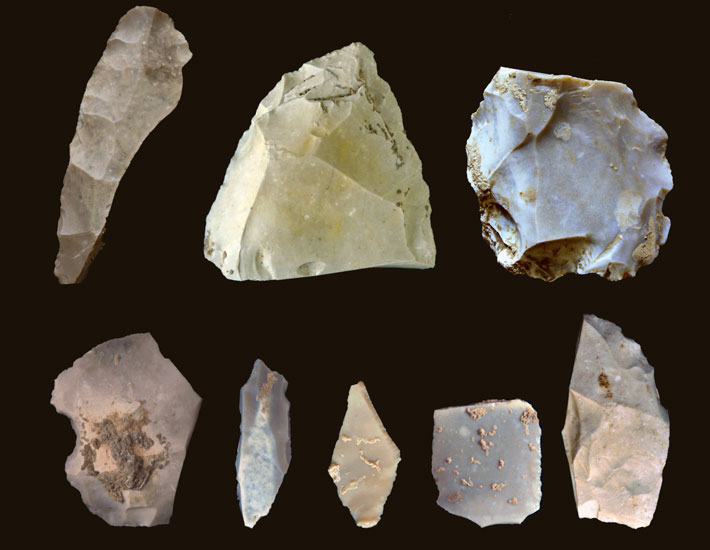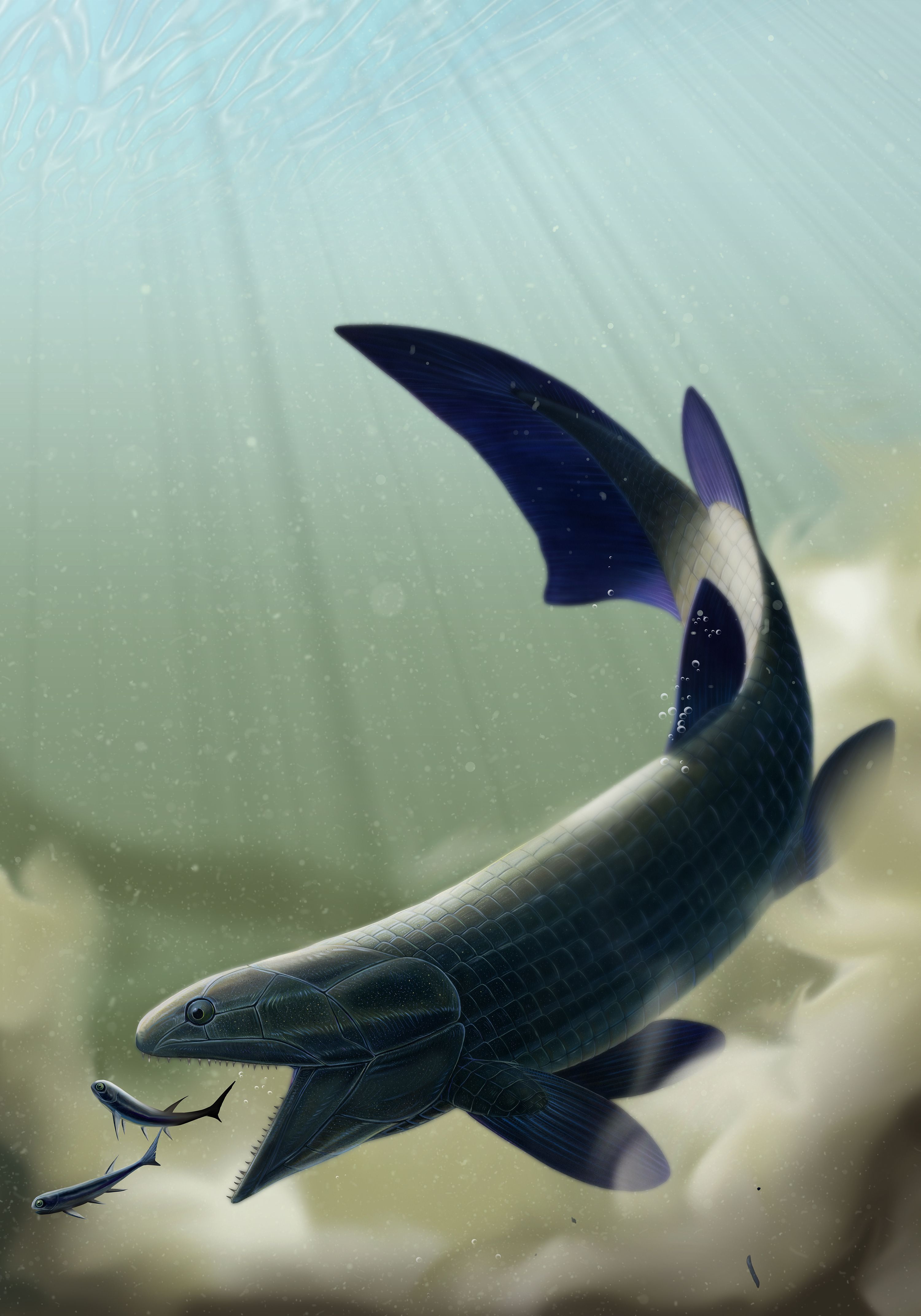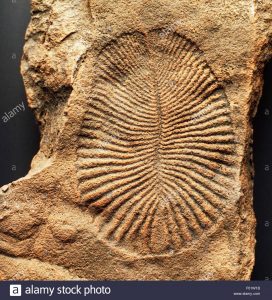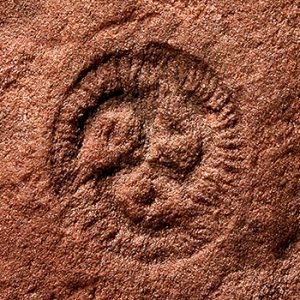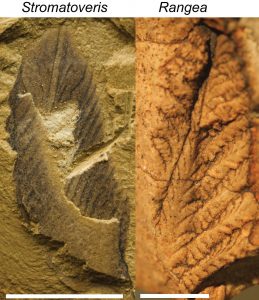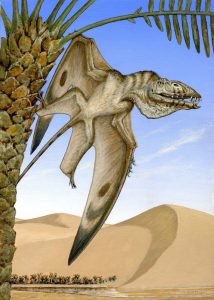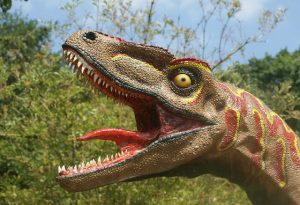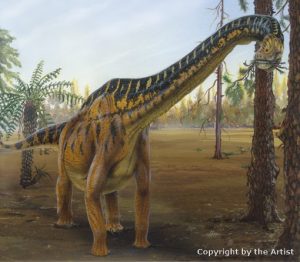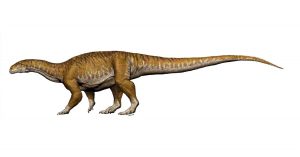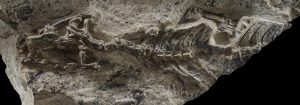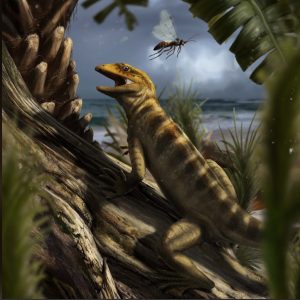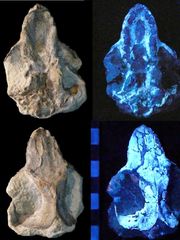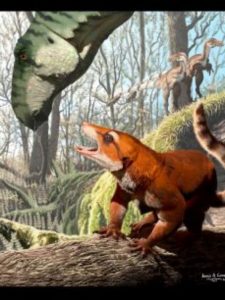As you know the science of paleontology is about origins, where did life on this planet come from and how did it find its wandering way to us? Well the big story this month fills in a rather large piece to that puzzle. Fossil hunters in Australia think that they may have discovered evidence of the first animal!
As you may guess the first animal evolved during the time of the very first multi-cellular life, a period now known as the Ediacaran period some 550 to 570 million years ago, see my posts of 16June2018, 15August2018 and 22January2020. Fossils of creatures from the Ediacaran were first unearthed back in 1946 but even from the beginning evolutionary biologists had problems connecting them to later, better understood groups of animals.
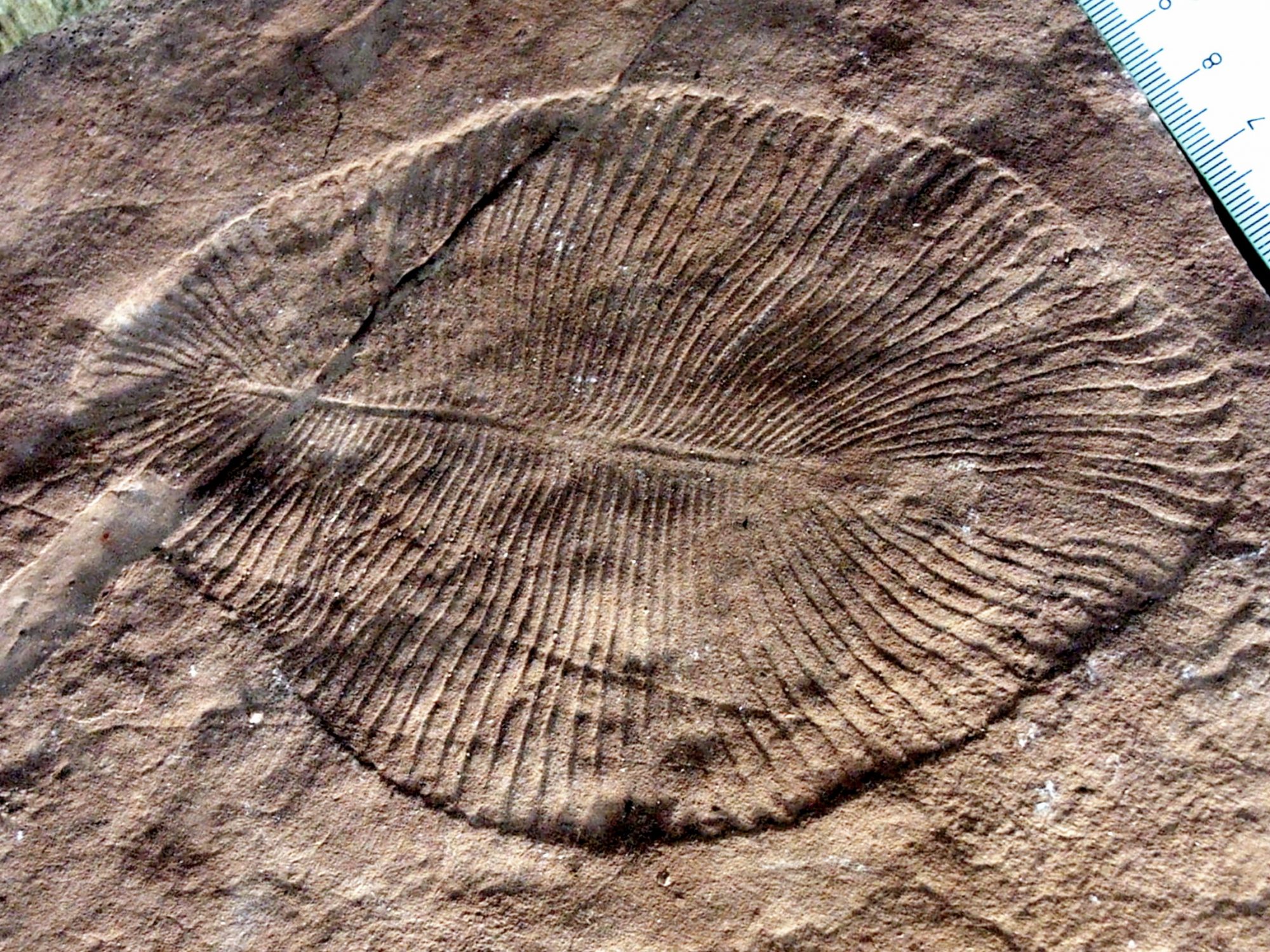
In fact analysis of the Ediacaran fossils indicates that these creatures were constructed in a manner totally unlike that of any life form that exists today. One example of this is the complete lack of anything resembling a mouth, anus or digestive tract in the Ediacaran fossils leaving scientists to wonder how the creatures consumed their food and excreted their waste.
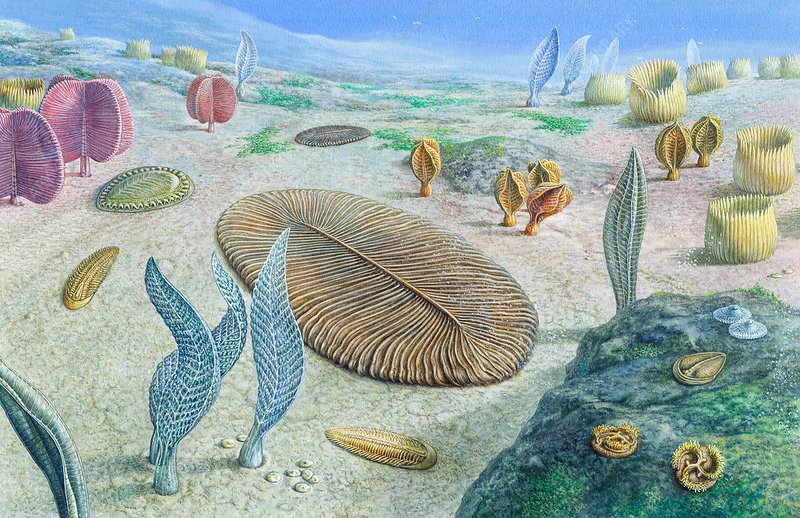
Additionally the very body shape of the Ediacaran fauna is strange, paleontologists often describing them as having a ‘quilted’ pattern, something like an air mattress. Another way in which the Ediacaran creatures differ from all modern animals is that, although at first glance they may appear to possess right-left symmetry a closer inspection reveals that in fact they are not bilaterally symmetric.
Bilateral symmetry is one of the cardinal features that connects all modern animals together. While it is true that individuals are rarely right-left mirror images, you may have a small mole on your right cheek for example. In general however people have as many moles on their left sides as their right. As a species we, and other animals are strongly bilaterally symmetric.
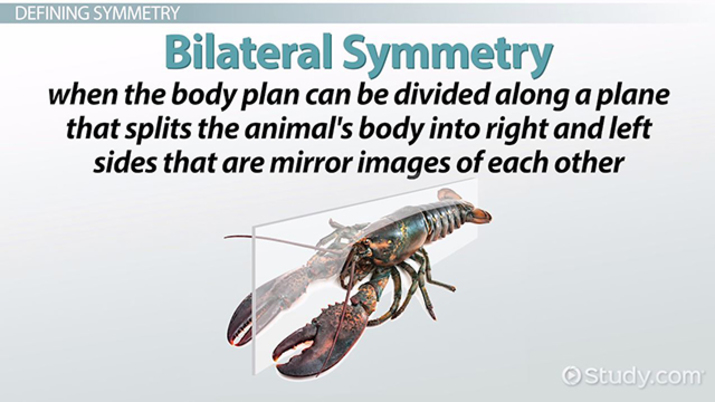
Looking at the image below of a member of the Ediacaran genus Dickinsonia you might say that the creature’s segments are also bilaterally symmetric. However, taking a look at the second figure below, which is a blowup of the area where the right and left segments come together, we can see that the segments are actually offset from each other in a fashion known to mathematicians as glide reflection.


Glide reflection shows up in a number of Ediacaran creatures such as Spriggina, Andiva and Yorgia. For glide reflection to be so prevalent among the Ediacaran creatures is also a clear sign that the manner in which they grew must have been very different from the way modern animals grow.
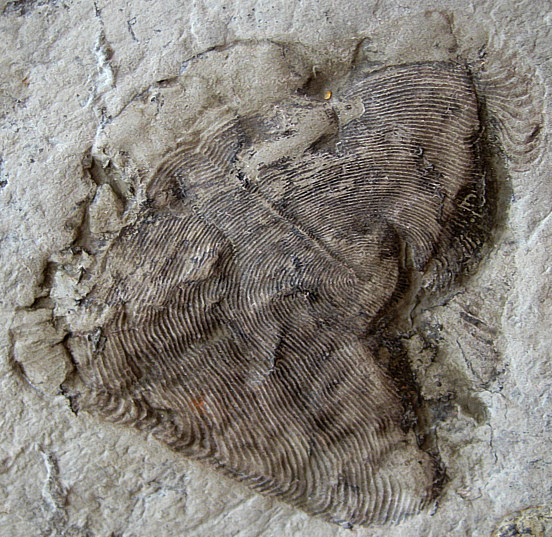
So if the best known fossil creatures from 550 to 570 million years ago were not related to modern animals then where was our ancestor? Well in a paper published in the Proceedings of the National Academy of Science (PNAS) Professor Mary Droser and lead author Scott Evans, a recent Doctoral graduate, both from the University of California Riverside claim to have found crucial evidence of our early ancestor in rocks from the original Ediacaran region of southern Australia. Recognizing that the first animal would certainly lack hard parts that could fossilize easily, otherwise it would have been discovered by now, they searched for small impressions in the rocks that might remain after the creature had died and decayed.
What they found were numerous rice grain sized depressions, 2 to7 millimeters in length and 1 and 2.5 in width, that showed hardly any clear indication of what the creature that made them looked like. Modern technology to the rescue however as the researchers used 3D laser scanning to precisely measure the outlines of the depressions. Based on those measurements the creature that made the depressions was basically tube shaped, bilateral, and was thicker at one end, presumably the front. In other words it was basically built like us. It was an animal. See image below.

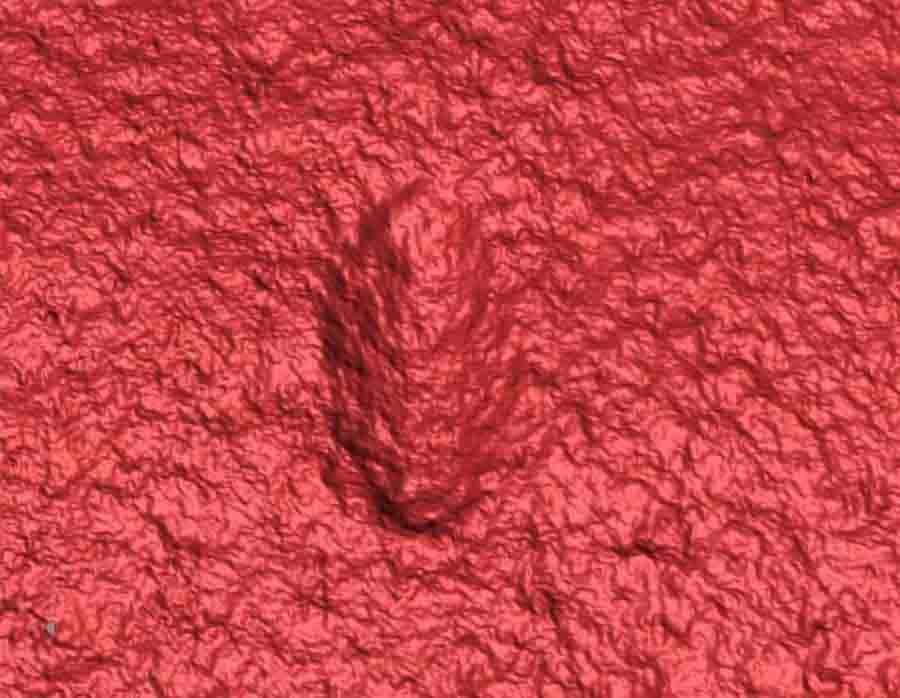
The paleontologists gave their new species the name Ikaria wariootia where Ikara means ‘meeting place’ in the local Adnyamathanha language and Warioota is the name of a creek that runs through the Ediacaran region. The laser measurements were so precise that Evans and Droser could even make out the faint body curves made by I wariootia’s muscles which bore a distinct resemblance to those of a modern earthworm indicating both how the creature moved as well as its mode of life.
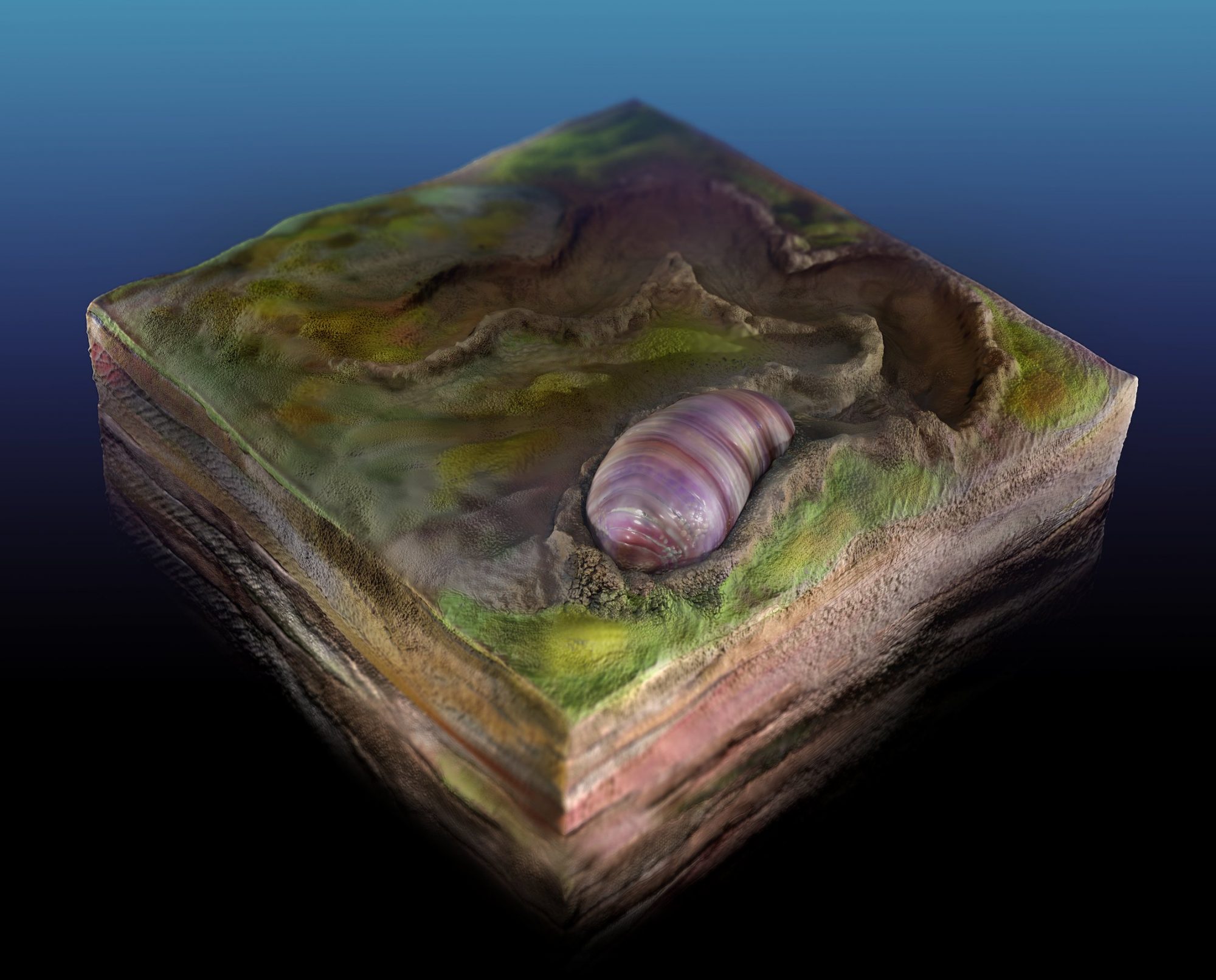
According to Doctor Droser. “This is what evolutionary biologists predicted. It’s really exciting that what we have found lines up so neatly with their prediction.”
The evidence is growing that the best known creatures from the Ediacaran period, Spriggina, Dickinsonia and their relatives, were evolutionary dead ends leaving no descendents in our modern world. Instead the future belonged to little worm-like Ikaria wariootia, and millions of years later to us.


